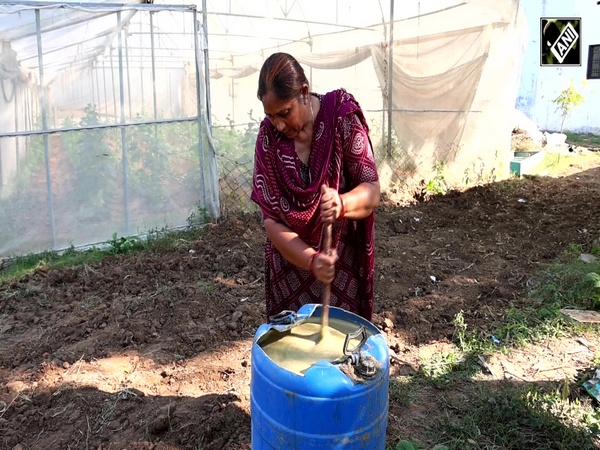Mining shift workers at potential risk of sleep disorders and sleep loss: Study
Nov 26, 2021

Joondalup [Australia], November 26 : According to a new study, fly-in and fly-out (FIFO) shift workers are losing out on their much-needed sleep due to the design of their rosters as well as their lifestyle behaviours and are at risk of potential sleep disorders.
The research has been published in the 'Applied Ergonomics Journal'.
Edith Cowan University (ECU) conducted the biggest study of its kind in the global mining industry, monitoring the sleeping habits of 75 FIFO shift workers in Australia.
Study participants wore a validated sleep and activity tracking device for three weeks over a "two and one" work rotation, which comprised of seven-day shifts, followed by seven-night shifts and then a week off.
Participants also answered questions about their sleep and lifestyle behaviours.
The research found day shifts started before 6 am and required a wake-up time of 4 am reduced the opportunity to sleep and resulted in significant sleep loss prior to the shift.
Sleep duration was 77 minutes shorter followed each night shift and 30 minutes shorter after day shifts, which resulted in an accumulated sleep debt before they returned home for a seven-day rest period.
Research supervisor, Dr Ian Dunican said that such sleep loss may result in poor alertness and fatigue during a shift, or as the number of shifts accumulated over the roster cycle of 14 consecutive shifts.
"The nature of the roster means people are typically working shifts in excess of 12 hours, plus travel, time for eating, exercise and downtime," he said.
"When all these activities are combined it leaves little opportunity to get eight hours of sleep; the reality is many workers are getting less than seven hours of sleep per night," he added.
The study also found that up to 60 per cent of the participants were at risk of developing sleep disorders such as obstructive sleep apnoea and shift work disorder, which contributed further to sleep loss if not treated.
The research is the first to determine the risk of the potential prevalence of sleep disorders in Australian miners.
It also revealed other unhealthy lifestyle factors of concern, such as high levels of obesity (23 per cent) and hazardous alcohol consumption (36 per cent).
The roster design combined with undiagnosed sleep disorders, hazardous alcohol consumption and obesity may be contributing to poor sleep patterns.
"Limited downtime and struggles with falling asleep may also be influencing alcohol consumption," Dr Dunican said.
"People may be turning to alcohol to help them get to sleep, but it's actually having a damaging effect on the quality of their sleep and their overall health," he added.
Shift work is common in the mining industry as mining companies need to run their operations 24 hours a day, 365 days a year.
However, Dr Dunican said that it was concerned to find such high proportions of FIFO workers experiencing acute sleep loss and reduced alertness during a shift.
"This creates a largely preventable health and safety risk," he said, recommending companies reassess their roster designs with an emphasis on ensuring workers are adequately rested.
"Even small changes to shift start and finish times can significantly decrease risk, improve sleep opportunities whilst not affecting production," he added.
He said that education on good sleep health practices and healthy lifestyles, along with sleep disorders screening and treatment programs, should be provided to help support the sleep health of shift workers.
"It's imperative we look for ways to improve the design of shifts and rosters and ensure workers are supported to have enough quality sleep and have access to help if they need it," he said.
Dr Dunican said that the study's findings have implications for shift workers from other industries, such as health care, manufacturing, travel, and logistics.
The researcher is currently examining the effectiveness of a sleep education program and biological feedback via a smartphone application for FIFO mine workers to improve sleep and reduce risk.




















